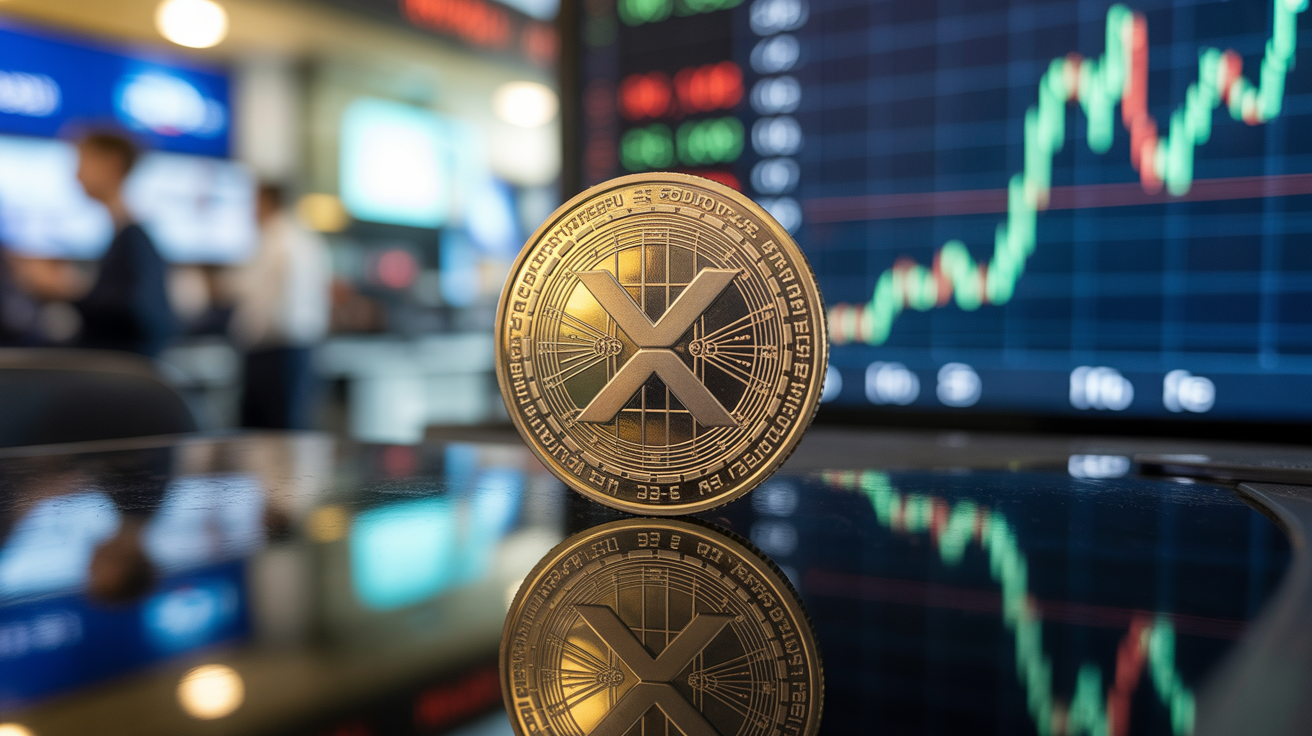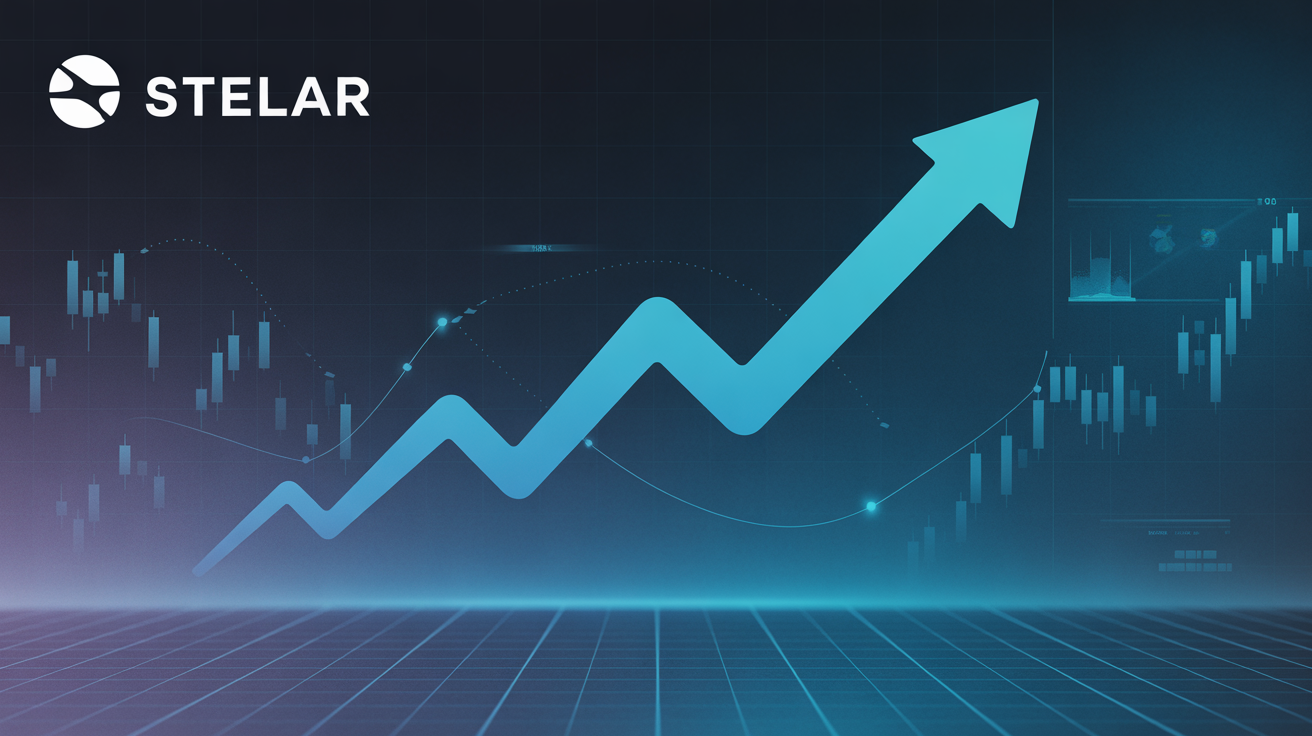The crypto market-making landscape is undergoing a fundamental reassessment as forced liquidations, undisclosed contracts, and covert agreements shake industry trust.
Two major token crashes this year — Movement Labs’ MOVE controversy and the sudden plunge of Mantra’s OM token — have sent shockwaves through market makers, raising urgent questions about liquidity structures and counterparty reliability.
“These scandals have shifted the dynamics of trust between market makers and project teams. Trust can no longer be assumed; it has to be carefully engineered,” said Zahreddine Touag, Head of Trading at Woorton, in a Telegram message on Friday.
Touag added, “Market makers who deploy significant capital now demand full transparency on side deals, token grants, and any special economic privileges.”
In both cases, rapid token price collapses exposed hidden players, questionable token unlock schedules, and alleged side agreements that blindsided many market participants. OM’s price, for example, plummeted over 90% in mere hours in late April without a clear external trigger.
Unlike traditional finance, where market makers focus on maintaining orderly bid-ask spreads on regulated exchanges, crypto market makers often act more like trading desks managing complex, high-risk portfolios. They do far more than quote prices — negotiating token allocations pre-launch, accepting lockups, structuring liquidity on centralized exchanges, and occasionally taking equity or advisory roles in projects.
This blurs the line between liquidity provision and private dealings, token economics, and insider politics, creating a murky environment.
A CoinDesk investigation in late April revealed how some Movement Labs executives allegedly colluded with their market maker to dump $38 million worth of MOVE tokens publicly.
Now, many firms are rethinking how casually they trusted counterparties. How can a market maker hedge exposure if token unlock timelines are opaque? What if informal handshake agreements quietly override DAO governance?
“Our new approach involves deeper preliminary discussions and education with project teams to ensure full understanding of market-making mechanics,” a spokesperson from Metalpha’s market-making division in Hong Kong told CoinDesk. “We’ve redesigned deal structures to prioritize long-term strategic alignment rather than short-term performance, including safeguards against abusive behaviors such as mass token dumping or fake volume.”
Behind the scenes, deal terms face increased scrutiny. Some liquidity desks are reassessing how they evaluate token risk.
“Recent events prompted us to recalibrate—not reinvent—our counterparty risk framework at B2C2,” said Dean Sovolos, Chief Legal Officer at B2C2, via Telegram. “When I joined in 2021, crypto markets operated on a mix of informal trust and high risk tolerance. Post-Q1 2025, we’ve seen a clear shift towards institutional-grade standards: rigorous legal diligence, enforceable tokenomics contracts, and contingency plans for breaches or unlock deviations.”
“The Movement and Mantra scandals didn’t create new risks, but exposed how deeply latent these risks are in loosely governed token ecosystems,” Sovolos added. “Our response is stronger contract frameworks coupled with technical enforcement mechanisms.”
Others demand greater transparency or avoid unclear projects entirely.
“Projects no longer get a free pass based on reputation alone,” said Max Sun, head of Web3 ecosystem at Metalpha. “Even established players have been shown to engage in shadow allocations or harmful token sales. The era of presumptive trust is over.”
Beneath public token launches and market-making deals lies the secondary OTC market, where locked tokens trade quietly before public vesting schedules. These off-the-books transactions, often between early investors and syndicates, distort supply and price discovery, traders warn.
“The secondary OTC market has fundamentally altered industry dynamics,” said Min Jung, analyst at Presto Research, which operates a market-making unit. “Tokens with suspicious price moves — like $LAYER, $OM, and $MOVE — tend to be the most active in OTC trading.”
“The entire supply and vesting timeline gets skewed by these off-market deals, making it difficult for liquidity providers to know when real supply hits the market,” Jung explained.
In a market where prices can be misleading and supply negotiated behind closed doors, the real danger isn’t just volatility — it’s assuming the circulating supply matches what whitepapers and founders claim.




























